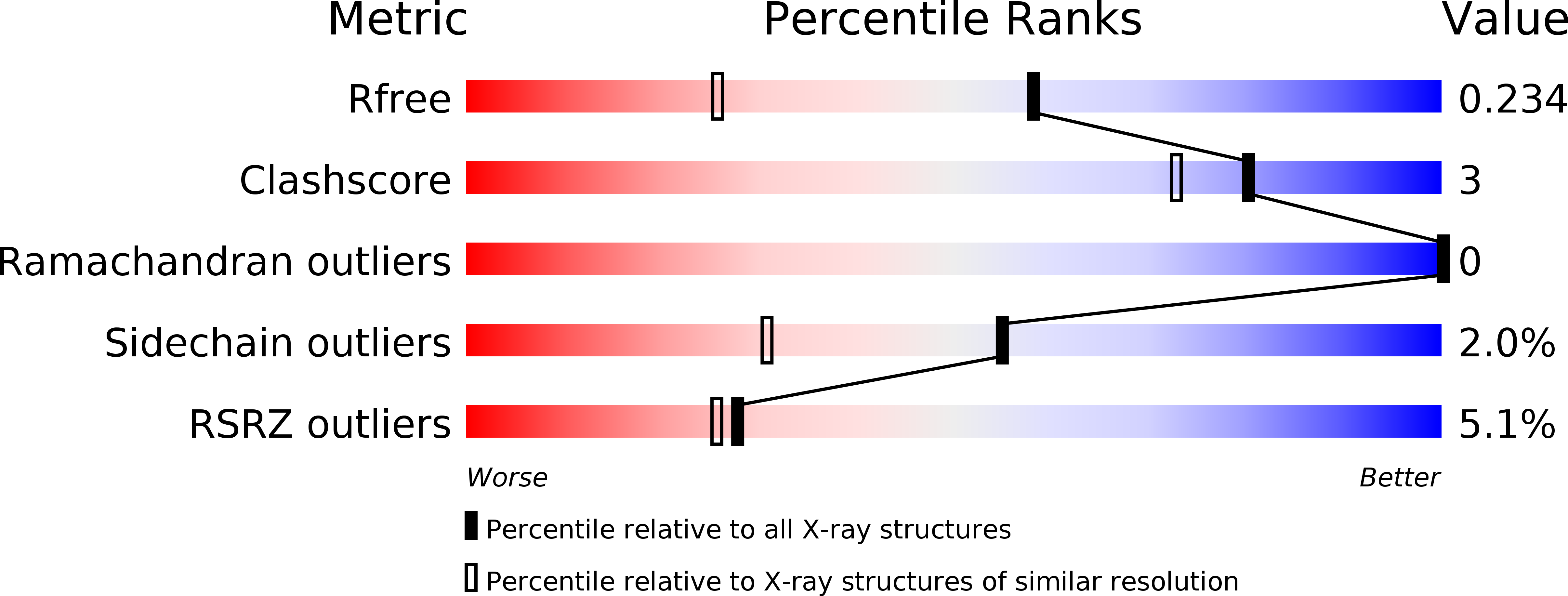
Deposition Date
2003-12-10
Release Date
2004-10-12
Last Version Date
2023-08-23
Entry Detail
PDB ID:
1RU0
Keywords:
Title:
Crystal structure of DCoH2, a paralog of DCoH, the Dimerization Cofactor of HNF-1
Biological Source:
Source Organism:
Mus musculus (Taxon ID: 10090)
Host Organism:
Method Details:
Experimental Method:
Resolution:
1.60 Å
R-Value Free:
0.23
R-Value Work:
0.21
R-Value Observed:
0.21
Space Group:
P 31 2 1


